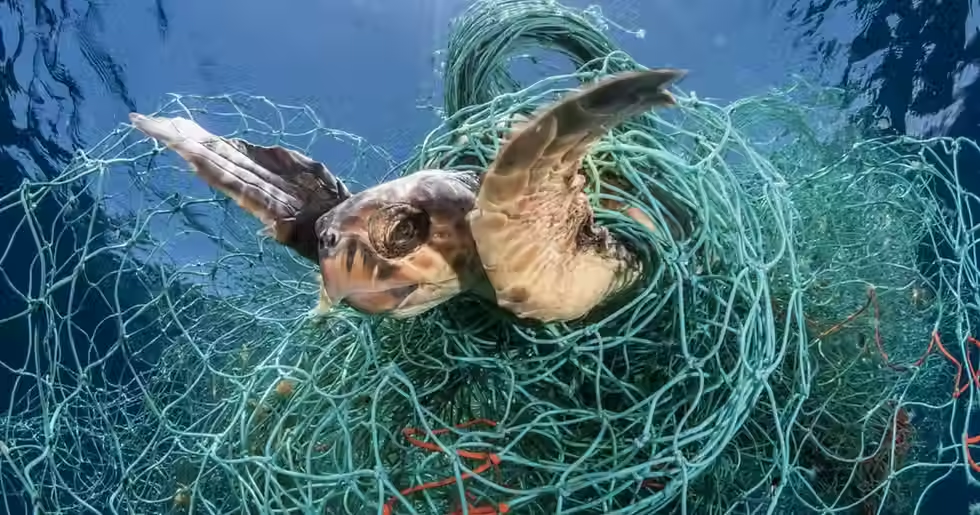What Does Water Pollution Have To Do With Gender-Bending Fish?
- Sidor Clare

- Apr 3, 2021
- 3 min read
By Sidor Clare, Grade 9
Water pollution is created when damaging substances, usually microorganisms or chemicals, enter and contaminate the water. Some of these pollutants include fertilizer, pesticides, and sewage discharge, all of which have detrimental effects on marine ecosystems, including fish. Fertilizer, usually introduced into water through runoff from farms, and sewage brings nitrogen and phosphorus into lakes, rivers, and oceans. Nitrogen and phosphorus help plants and algae grow, and as the nutrients build up, plants and algae overgrow. When they die, they decay and deplete oxygen levels in the water, causing fish to die. Pesticides, also introduced through runoff, kill fish even in low concentrations. When fossil fuels are burned, heavy metals are introduced into the atmosphere and then deposited in water, which severely impacts a fish’s growth and sense of smell. As a result, fish are unable to evade predators or acquire food. Further, when fish ingest toxins like these, the toxins stay in their system or are passed up the food chain. If we eat a fish that ingested toxins, or a fish that ate that fish, we are eating all of the toxins the fish consumed. We might not think about where our sewage or pesticides end up, but we need to be more aware of and intentional about it. If we aren’t, it will come back to haunt us.
Not only does water pollution kill fish, but it can also change their gender. Certain chemicals called endocrine disrupting chemicals (EDCs) alter the way that hormones work in vertebrates, which include humans and fish. When humans consume drugs with EDCs, they excrete some of the EDC. Wastewater treatment plants are not capable of removing these chemicals from wastewater so they are brought into bodies of water with that wastewater. Male fish living in these areas have been observed changing genders, a process that decreases their fertility. Their biology changes to become more female and some fish even have male and female reproductive organs. A study by the University of Exeter’s Biosciences and the Institute of Environment at Brunel University found that fish who had alternated genders had reduced reproductive performance by up to 76% (1). The presence of EDCs could significantly decrease the population of affected fish. Beyond that, humans are vertebrates as well and the hormone systems of different vertebrates are fairly similar, so the harmful effects these chemicals have on fish might also be seen on humans.
Gender bending and pharmaceutical chemicals can affect fish in other ways as well. In a study conducted by St. Cloud University and the U.S. Geological Survey, male fish exposed to pharmaceutical chemicals did not protect their nests as ferociously as male fish not exposed to those chemicals. Female fish exposed to the same chemicals generally had an increased liver size. Also, minnows exposed to pharmaceutical chemicals had a growth reduction and impaired escape abilities. All of these behaviors could cause a decrease in the fish population.
These problems may seem distant, but if fish populations decrease drastically, it would harm the ecosystems they live in. As a food source and livelihood for humans, environmental changes that negatively impact fish would harm us as well. Last but definitely not least, as consumers of fish products, we could be eating the toxins we put in their habitats.




Comments